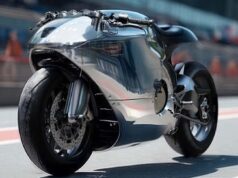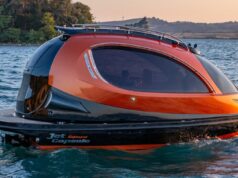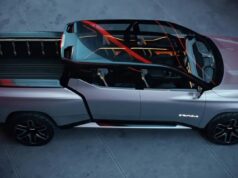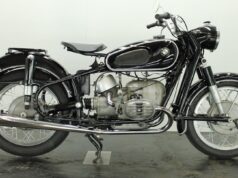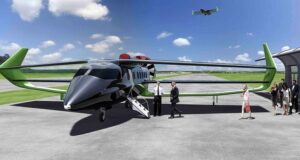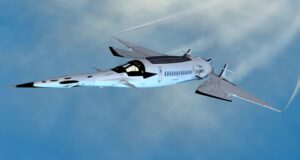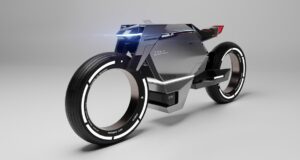The intercooler in a turbocharged car plays a very important role. An air-to-air intercooler takes the heat generated from compressed air and feeds it through a network of tubes with cooling fins – that’s the center part of an intercooler.The intercooler is fitted to Warped Perception’s 1000-horsepower Toyota Supra Mk IV.
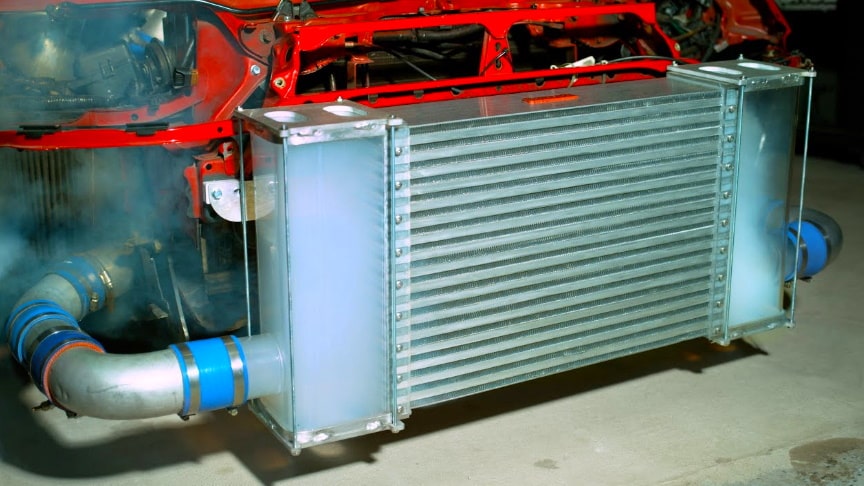
source/image: Warped Perception
The 2JZ engine is fitted with a large single turbo setup, with the giant intercooler charged with bringing down intake temperatures to help make those big power numbers.
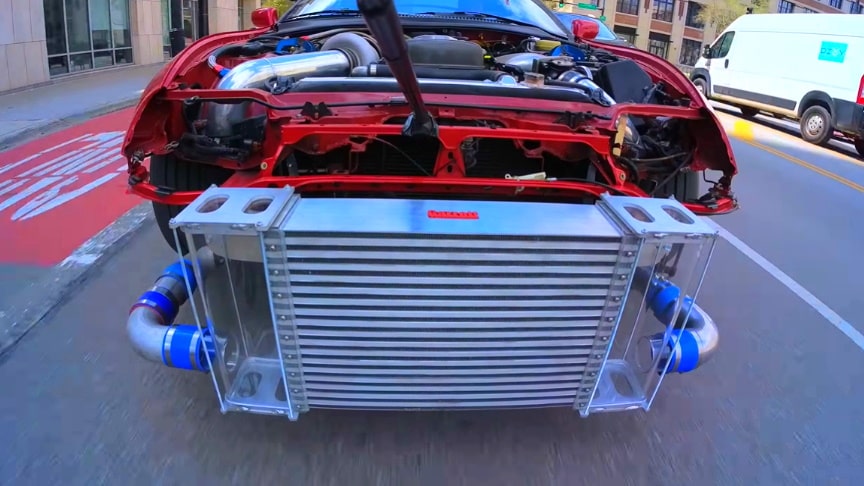
source/image: Warped Perception
While testing the intercooler, the YouTuber discovered that the tanks could not handle 15 psi of boost. Mikka’s solution was to add some metal top plates.I’m back with the Supra and the see-through intercooler, this time to do a higher boost test and get the car on the dyno, after I reinforce the intercooler since in the previous video it blew up.
Advertisement
I also feed the intercooler some fog through the air filter and through the turbo and film it with the high-speed camera in slow motion to allow us to see the flow patterns and how the air distributes in the intercooler.Then I go ahead and start cranking up the boost to see how much pressure the intercooler can actually hold.
Definitely a little different than I thought it was going to be, I always thought that the air mostly flowed in the lower half of the intercooler but as you can see in the video due to the static pressure resistance and air taking the easiest path it seems to even out over the entire length of the intercooler it was also really cool to see how well the intercooler worked at cooling that air beyond what I ever thought.

